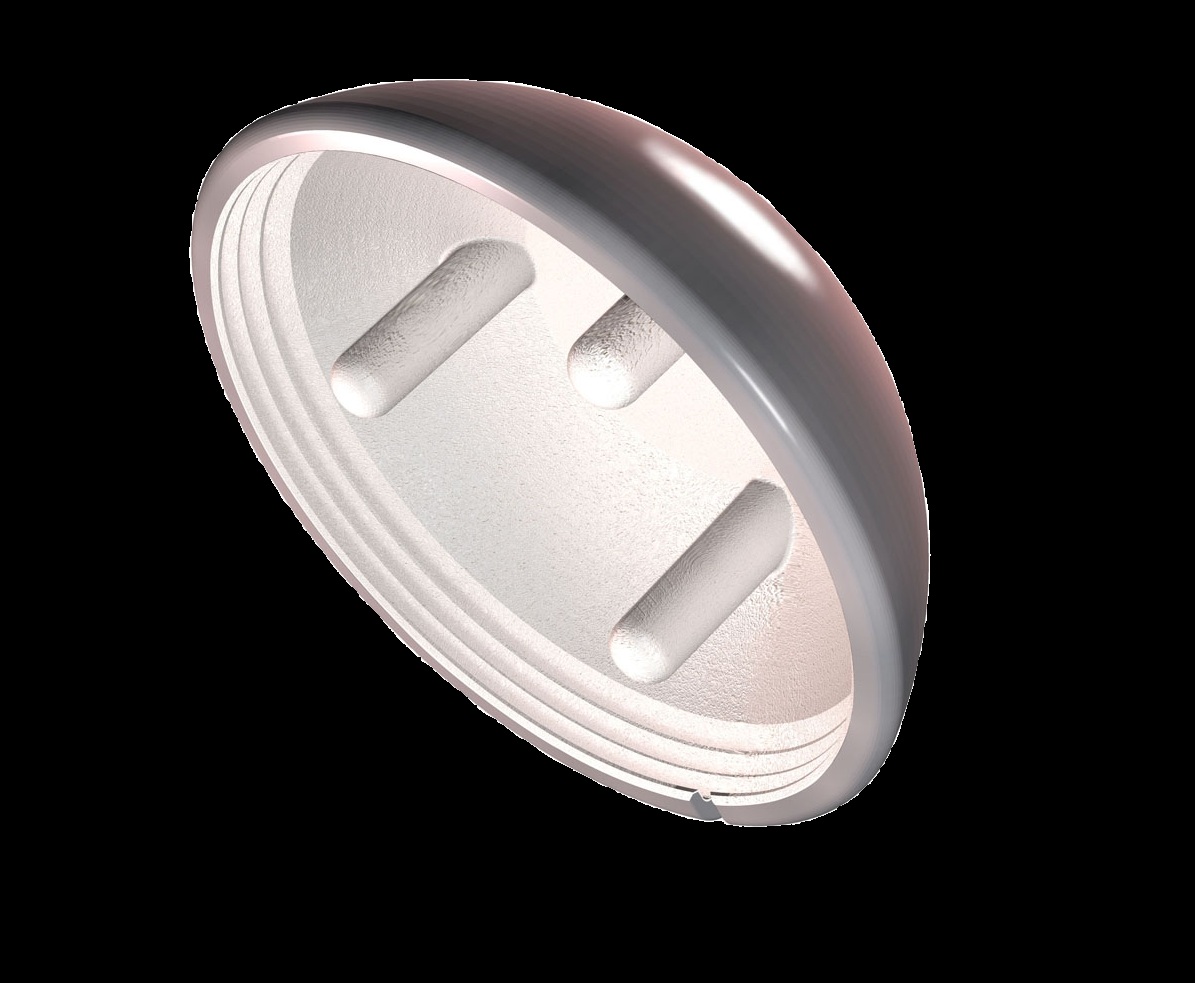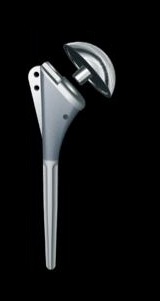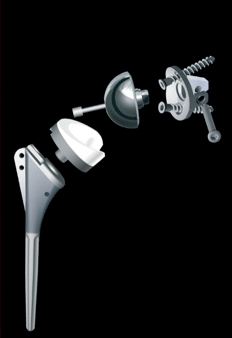Partial shoulder prostheses
Total shoulder prostheses:
They consist of the establishment of a rod in the humerus, cut the humeral head with metal sphere and an implant on the glenoid of the scapula type surface plastic (polyethylene or PE) alone or with a base metallic (‘metal back’). The anatomical term comes from the fact that the humeral head is replaced by a metal head
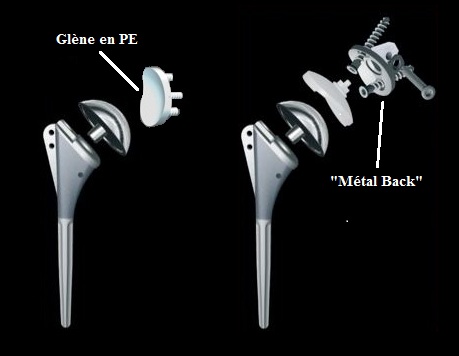
Why are there different types of shoulder prostheses?
there is not one type of osteoarthritis but two very distinct (centric and eccentric omarthosis see dedicated pages) which impose very different prosthesis assemblies.
decision factors in choosing a type of prosthesis:
Type of omarthrosis (osteoarthritis of the shoulder)
The age of the patient (we do not reason in the same way before 60 years and after) more precisely the remaining life expectancy of the patient so the prosthesis …
the cause (etiology) of known osteoarthritis or a contributing factor (shoulder joint fracture, infection, necrosis of the humeral head, glenoid dysplasia, shoulder instability …)
the level of activity of the patient (gestures of daily life, professional activity, sports …).
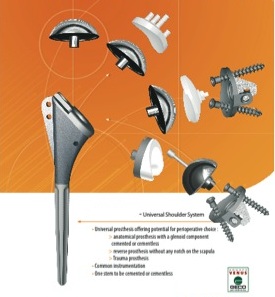
When a prosthesis is decided, you must be able to answer several questions:
– is it the most appropriate type of prosthesis for the patient?
– does it have a life adapted to the patient?
– what difficulties will we meet if we have to replace this prosthesis?
For these reasons we have opted for a range of modular and universal prosthesis, indeed with the same range we can respond to all cases and transform one type of prosthesis into another is facilitated by a common base (identical rod, metal identical back on the glenoid).
NB: Many prostheses exist and each surgeon chooses to use the material that suits him best and that he knows best.

